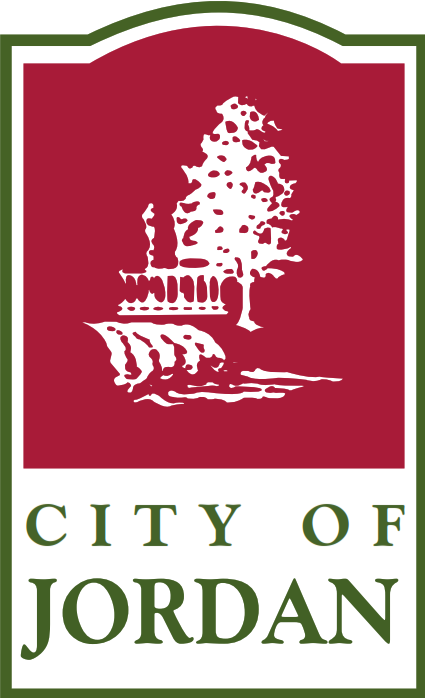Traffic signals don’t always prevent accidents. They are not always an asset to traffic control. In some instances, total accidents and severe injuries increased after signals were installed. Usually, in such instances, right angle collisions were reduced by the traffic signals, but the total number of collisions, especially the rear-end type, increased.
There are times when the installation of signals results in an increase in pedestrian accidents. Many pedestrians feel secure with a painted crosswalk and a red light between them and an approaching vehicle. The motorist, on the other hand, is not always so quick to recognize these “barriers”.
When can a traffic signal be an asset instead of a liability to safety? In order to answer this, traffic engineers have to ask and answer a series of questions:
- Are there so many cars on both streets that signal controls are necessary to clear up the confusion or relieve the congestion?
- Is the traffic on the main streets so heavy that drivers on the side streets will try to cross when it is unsafe?
- Are there so many pedestrians trying to cross a busy main street that confusing, congested or hazardous conditions result?
- Are there so many school children trying to cross the street at the same time that they need special controls for their protection?? If so, is a traffic signal the best solution?
- Are signals at this location going to help drivers maintain a uniform pace along the route without stopping unnecessarily?
- Does the collision history indicate that signal controls will reduce the probability of collisions?
- Do two arterials intersect at this location and will a signal help improve the flow of traffic?
- Is there a combination of the above conditions which indicates that a signal will be an improvement rather than a detriment?
To aid them in answering these questions, engineers compare the existing conditions against nationally accepted minimum guidelines. These guidelines (often called “warrants”) were established from many observations at intersections throughout the country by experienced traffic engineers. Where the guidelines were met, the signals generally were operating effectively with good public compliance. Where the guidelines were not met, public compliance was reduced, and additional hazards resulted.
A traffic signal that decreased accidents and improves the flow of traffic is an asset to any community. On the other hand, an ill-advised or poorly designed signal can be a source of danger and annoyance to all who use the intersection; pedestrians, cyclists and drivers alike.
